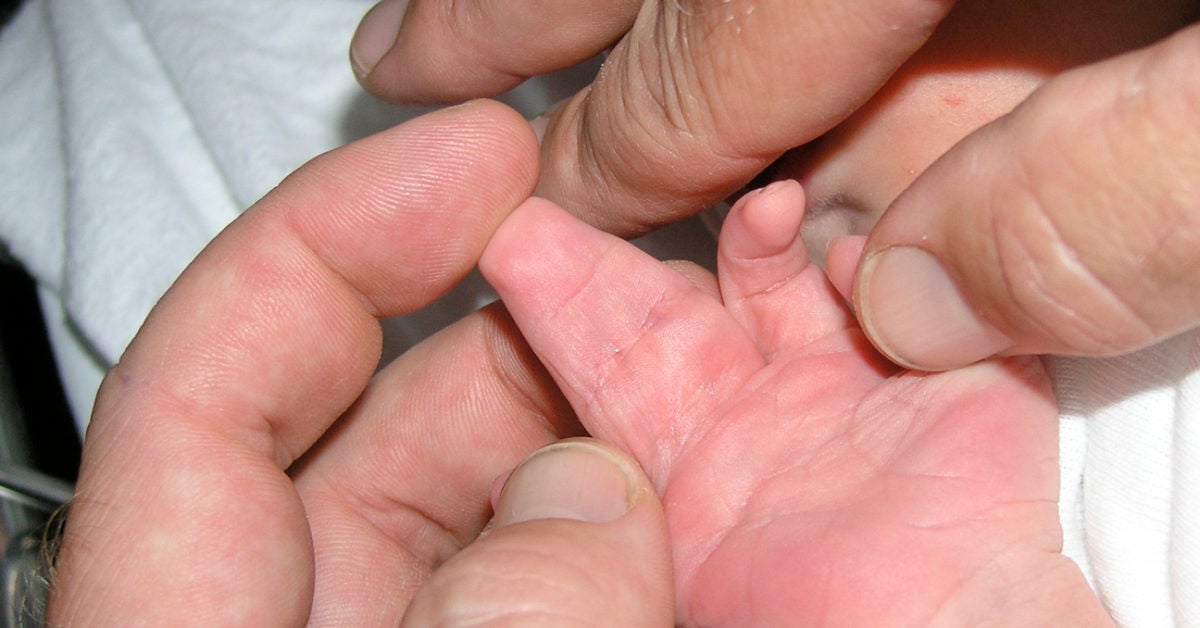

Your child’s doctor may order an x-ray to confirm the diagnosis and see if any other bones in the hands or fingers are involved. Your child’s doctor will ask about your child’s medical history and do a physical exam.

Some cases of syndactyly are genetic, and others happen alongside other hand conditions, such as polydactyly (extra fingers). Syndactyly happens when the fingers don’t separate fully during this process. In early pregnancy, the baby’s hand first forms in the shape of a paddle and later splits into fingers. The space between the middle and ring fingers is the most common location for syndactyly.
Webbed fingers skin#
Sometimes, the fingers are joined by skin only (simple syndactyly), and sometimes they can also share bones, tendons, and blood vessels (complex syndactyly). The spaces between two or more fingers may be webbed, and may be connected all the way to the fingertips (complete syndactyly) or only part of the way up the fingers (incomplete syndactyly). Nadezhda Ivanisova, Dr.Syndactyly-also known as webbed fingers or toes-is a common condition in which a child’s fingers or toes do not separate fully during fetal development. The webbing is split evenly and, if needed, a skin graft is used to cover some areas.Īfter surgery, the patient needs to wear a cast for 2-3 weeks to completely recover.Īuthors: Dr. It is usually conducted under general anesthetic. Plastic separation surgery is currently the most effective type of surgery for this condition. The doctor will observe the child and make an assessment of when the best time for surgical intervention is. Each case is highly individual, but it is usually best for surgery to be performed when the child is around 1 or 2 years old, when there is less likelihood of complications due to the anesthetic. It is vital that the surgery is performed at a point in the child’s life when the connected tissue is most likely to be separated effectively. Surgical intervention is usually the only treatment possible for this condition.

In order to check for other abnormalities, the doctor can also arrange for: Webbed fingers are usually the only symptom of this disease, however in some cases it can also indicate other abnormalities.ĭiagnosis is usually confirmed after the baby’s birth during general inspection. Syndactyly symptoms can be picked up during an ultrasound, which is usually conducted during the sixth or seventh month of pregnancy when the fetus’s hands and feet are distinctly delineated in the image. In 50% of syndactyly cases, both hands are affected. Very rarely, a patient can have the condition known as polysyndactyly, where there is an extra number of fingers or toes. It can occur with other defects of the skull and bones. In most cases, webbing develops between the second and third finger. In some cases, it is caused by such genetic defects as Down syndrome. It can occur if a child has a genetic predisposition. This does not happen in cases of syndactyly. Usually, a baby forms fingers and toes during the sixth or seventh week of prenatal development. Syndactyly is most common in Caucasian baby boys. According to American website Healthline, 1 baby out of 2,000-3,000 is born with this condition. In some cases of Syndactyly, fingers also become connected by bones as well as by webbed skin.


 0 kommentar(er)
0 kommentar(er)
